Peanuts, a popular legume enjoyed by many around the world, have been a staple in diets for centuries. Raw peanuts, in particular, have gained attention for their potential impact on blood sugar levels. Understanding the relationship between raw peanuts and blood sugar is essential for those looking to make informed dietary choices. In this article, we will explore the potential effects of consuming raw peanuts on blood sugar levels, the benefits of including them in a balanced diet, and how they can be incorporated into a healthy eating plan. When it comes to managing blood sugar levels, the glycemic index (GI) of foods plays a crucial role. The GI is a ranking system that measures how carbohydrates in food affect blood sugar levels. Foods with a low GI are digested and absorbed more slowly, leading to a gradual rise in blood sugar levels. On the other hand, foods with a high GI cause a rapid spike in blood sugar levels. This rapid increase can be problematic for individuals with diabetes or those looking to maintain stable blood sugar levels throughout the day. Raw peanuts have a low to moderate GI, making them a suitable option for individuals concerned about blood sugar control. The gradual release of carbohydrates in raw peanuts results in a slower increase in blood sugar levels compared to high-GI foods. This can help prevent sudden spikes and crashes in blood sugar, keeping levels more stable over time. Including raw peanuts in meals or snacks may contribute to a more balanced blood sugar response, particularly when paired with other low-GI foods. In addition to their moderate GI, raw peanuts offer several other benefits that make them a valuable addition to a healthy diet. Peanuts are a good source of plant-based protein, healthy fats, fiber, and various vitamins and minerals. Protein and fiber are particularly important for managing blood sugar levels, as they can help slow down the absorption of sugars into the bloodstream. Including protein-rich foods like peanuts in meals can also increase feelings of fullness and reduce the overall glycemic response of a meal. The healthy fats found in raw peanuts, such as monounsaturated and polyunsaturated fats, have been linked to numerous health benefits, including improved heart health and better blood sugar control. These fats can help reduce inflammation, lower cholesterol levels, and enhance insulin sensitivity, all of which are important factors in managing blood sugar levels. By choosing raw peanuts as a source of healthy fats, individuals can support their overall health while potentially benefiting their blood sugar regulation. Furthermore, raw peanuts are a good source of various vitamins and minerals that play a role in energy metabolism and blood sugar regulation. For example, peanuts contain magnesium, a mineral that is involved in over 300 enzymatic reactions in the body, including those related to insulin secretion and glucose uptake. Adequate magnesium intake has been associated with a lower risk of developing type 2 diabetes and improved insulin sensitivity. Including magnesium-rich foods like raw peanuts in the diet can help individuals meet their nutritional needs and support optimal blood sugar control. Despite their potential benefits for blood sugar management, it is essential to consume raw peanuts in moderation as part of a balanced diet. Peanuts are energy-dense, meaning they are high in calories compared to other foods. Overconsumption of peanuts or peanut products could lead to excess calorie intake, which may contribute to weight gain and potentially impact blood sugar levels over time. To avoid these negative effects, it is important to practice portion control and incorporate raw peanuts into a well-rounded diet that includes a variety of nutrient-dense foods.
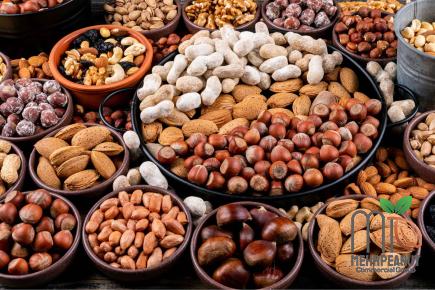
.
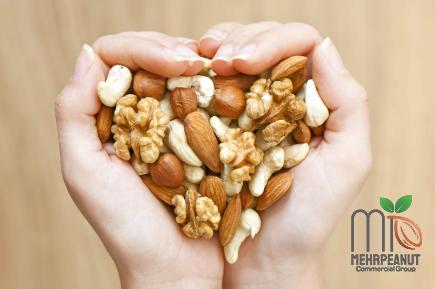 Incorporating raw peanuts into meals and snacks can be a delicious and convenient way to support blood sugar control and overall health. Here are some creative ideas for using raw peanuts in your diet: – Add a handful of raw peanuts to your morning oatmeal or yogurt for a protein and fiber boost. – Make your own trail mix by combining raw peanuts with dried fruits, seeds, and a sprinkle of cinnamon for a satisfying and nutritious snack. – Blend raw peanuts into a homemade nut butter to spread on whole grain toast or use as a dip for fresh fruits and vegetables. – Include raw peanuts in stir-fries, salads, or grain bowls for an added crunch and flavor. – Roast raw peanuts with your favorite spices for a tasty snack that can be enjoyed on its own or added to recipes. By getting creative with how you include raw peanuts in your meals, you can reap the potential benefits they offer for blood sugar management while enjoying their delicious taste and versatility. Remember to prioritize variety and balance in your diet, and consult with a healthcare professional or registered dietitian if you have specific dietary concerns or health conditions. In conclusion, raw peanuts can be a valuable addition to a healthy diet for individuals looking to support blood sugar control. With their moderate GI, protein, fiber, healthy fats, vitamins, and minerals, raw peanuts offer multiple benefits that can positively influence blood sugar levels and overall health. By incorporating raw peanuts into meals and snacks mindfully and in moderation, individuals can harness their nutritional power while enjoying their delicious taste and versatility.
Incorporating raw peanuts into meals and snacks can be a delicious and convenient way to support blood sugar control and overall health. Here are some creative ideas for using raw peanuts in your diet: – Add a handful of raw peanuts to your morning oatmeal or yogurt for a protein and fiber boost. – Make your own trail mix by combining raw peanuts with dried fruits, seeds, and a sprinkle of cinnamon for a satisfying and nutritious snack. – Blend raw peanuts into a homemade nut butter to spread on whole grain toast or use as a dip for fresh fruits and vegetables. – Include raw peanuts in stir-fries, salads, or grain bowls for an added crunch and flavor. – Roast raw peanuts with your favorite spices for a tasty snack that can be enjoyed on its own or added to recipes. By getting creative with how you include raw peanuts in your meals, you can reap the potential benefits they offer for blood sugar management while enjoying their delicious taste and versatility. Remember to prioritize variety and balance in your diet, and consult with a healthcare professional or registered dietitian if you have specific dietary concerns or health conditions. In conclusion, raw peanuts can be a valuable addition to a healthy diet for individuals looking to support blood sugar control. With their moderate GI, protein, fiber, healthy fats, vitamins, and minerals, raw peanuts offer multiple benefits that can positively influence blood sugar levels and overall health. By incorporating raw peanuts into meals and snacks mindfully and in moderation, individuals can harness their nutritional power while enjoying their delicious taste and versatility.
..
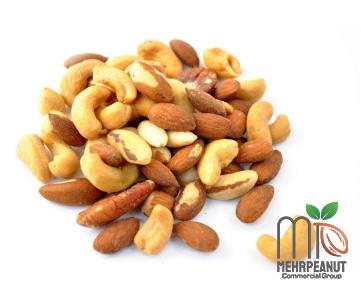 Make raw peanuts a part of your balanced diet and experience the potential benefits they have to offer for your blood sugar management journey. Whether you enjoy raw peanuts as a crunchy snack on their own, incorporate them into various recipes, or use them to create homemade nut butter, there are endless ways to enjoy the nutritional benefits of this versatile legume. By understanding the potential impact of raw peanuts on blood sugar and incorporating them into a well-rounded diet, you can take a proactive approach to supporting your overall health and wellness. When it comes to making dietary choices that promote stable blood sugar levels, it is important to consider not only the individual foods you consume but also the overall balance of your meals and snacks. Including a variety of nutrient-dense foods, such as whole grains, lean proteins, fruits, vegetables, and healthy fats, can help provide the essential nutrients your body needs while supporting optimal blood sugar control. In addition to raw peanuts, there are many other foods that can play a role in managing blood sugar levels and promoting overall health. For example, whole grains like quinoa, brown rice, and oats are rich in fiber and complex carbohydrates, which can help stabilize blood sugar and provide sustained energy. Lean proteins such as poultry, fish, tofu, and legumes are essential for muscle repair and growth and can help regulate blood sugar levels. Fruits and vegetables are also key components of a blood sugar-friendly diet, as they are rich in vitamins, minerals, antioxidants, and fiber. Berries, citrus fruits, leafy greens, and cruciferous vegetables are particularly beneficial for blood sugar control due to their low GI and high nutrient content. Healthy fats from sources like avocados, olive oil, nuts, and seeds can support heart health, brain function, and blood sugar regulation when consumed in moderation. In addition to focusing on the types of foods you eat, paying attention to the timing and portion sizes of your meals and snacks can also impact blood sugar control.
Make raw peanuts a part of your balanced diet and experience the potential benefits they have to offer for your blood sugar management journey. Whether you enjoy raw peanuts as a crunchy snack on their own, incorporate them into various recipes, or use them to create homemade nut butter, there are endless ways to enjoy the nutritional benefits of this versatile legume. By understanding the potential impact of raw peanuts on blood sugar and incorporating them into a well-rounded diet, you can take a proactive approach to supporting your overall health and wellness. When it comes to making dietary choices that promote stable blood sugar levels, it is important to consider not only the individual foods you consume but also the overall balance of your meals and snacks. Including a variety of nutrient-dense foods, such as whole grains, lean proteins, fruits, vegetables, and healthy fats, can help provide the essential nutrients your body needs while supporting optimal blood sugar control. In addition to raw peanuts, there are many other foods that can play a role in managing blood sugar levels and promoting overall health. For example, whole grains like quinoa, brown rice, and oats are rich in fiber and complex carbohydrates, which can help stabilize blood sugar and provide sustained energy. Lean proteins such as poultry, fish, tofu, and legumes are essential for muscle repair and growth and can help regulate blood sugar levels. Fruits and vegetables are also key components of a blood sugar-friendly diet, as they are rich in vitamins, minerals, antioxidants, and fiber. Berries, citrus fruits, leafy greens, and cruciferous vegetables are particularly beneficial for blood sugar control due to their low GI and high nutrient content. Healthy fats from sources like avocados, olive oil, nuts, and seeds can support heart health, brain function, and blood sugar regulation when consumed in moderation. In addition to focusing on the types of foods you eat, paying attention to the timing and portion sizes of your meals and snacks can also impact blood sugar control.
…
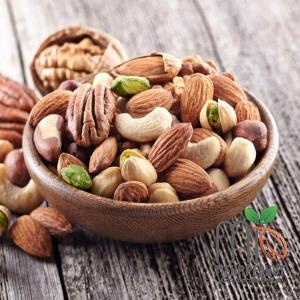 Eating regular meals and snacks throughout the day can help prevent extreme swings in blood sugar levels and maintain energy levels. Choosing smaller, balanced portions and avoiding excessive intake of high-sugar or high-fat foods can contribute to more stable blood sugar regulation. Physical activity is another essential component of blood sugar management and overall health. Regular exercise can help improve insulin sensitivity, lower blood sugar levels, and promote weight management. Incorporating a combination of aerobic exercise, strength training, and flexibility exercises into your routine can have significant benefits for blood sugar control and overall well-being. In conclusion, the relationship between raw peanuts and blood sugar levels is an important consideration for individuals seeking to make informed dietary choices. With their moderate GI, protein, fiber, healthy fats, vitamins, and minerals, raw peanuts offer multiple benefits that can support blood sugar management and overall health. By incorporating raw peanuts into a well-rounded diet that includes a variety of nutrient-dense foods and practicing mindful eating habits, you can take proactive steps to promote stable blood sugar levels and enhance your overall well-being. Remember, it is always a good idea to consult with a healthcare professional or registered dietitian before making significant changes to your diet, especially if you have specific health concerns or medical conditions. By working with a qualified professional and personalized nutrition plan, you can tailor your dietary choices to support your individual needs and goals effectively. Incorporate raw peanuts thoughtfully into your meals and snacks, experiment with different recipes and preparations, and enjoy the nutritional benefits and delicious taste they have to offer. With knowledge, creativity, and a mindful approach to eating, you can harness the power of raw peanuts to support your blood sugar management journey and enhance your overall health and well-being. Let raw peanuts be a flavorful and nutritious part of your balanced diet, one that brings both satisfaction and potential benefits for your blood sugar and beyond.
Eating regular meals and snacks throughout the day can help prevent extreme swings in blood sugar levels and maintain energy levels. Choosing smaller, balanced portions and avoiding excessive intake of high-sugar or high-fat foods can contribute to more stable blood sugar regulation. Physical activity is another essential component of blood sugar management and overall health. Regular exercise can help improve insulin sensitivity, lower blood sugar levels, and promote weight management. Incorporating a combination of aerobic exercise, strength training, and flexibility exercises into your routine can have significant benefits for blood sugar control and overall well-being. In conclusion, the relationship between raw peanuts and blood sugar levels is an important consideration for individuals seeking to make informed dietary choices. With their moderate GI, protein, fiber, healthy fats, vitamins, and minerals, raw peanuts offer multiple benefits that can support blood sugar management and overall health. By incorporating raw peanuts into a well-rounded diet that includes a variety of nutrient-dense foods and practicing mindful eating habits, you can take proactive steps to promote stable blood sugar levels and enhance your overall well-being. Remember, it is always a good idea to consult with a healthcare professional or registered dietitian before making significant changes to your diet, especially if you have specific health concerns or medical conditions. By working with a qualified professional and personalized nutrition plan, you can tailor your dietary choices to support your individual needs and goals effectively. Incorporate raw peanuts thoughtfully into your meals and snacks, experiment with different recipes and preparations, and enjoy the nutritional benefits and delicious taste they have to offer. With knowledge, creativity, and a mindful approach to eating, you can harness the power of raw peanuts to support your blood sugar management journey and enhance your overall health and well-being. Let raw peanuts be a flavorful and nutritious part of your balanced diet, one that brings both satisfaction and potential benefits for your blood sugar and beyond.
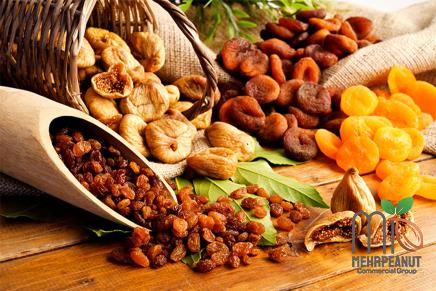
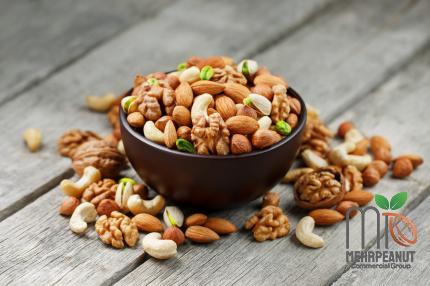
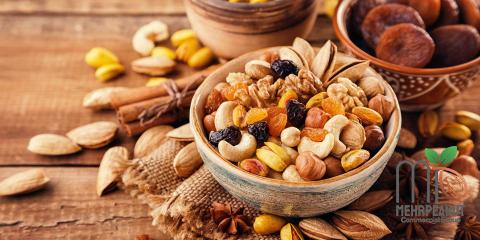
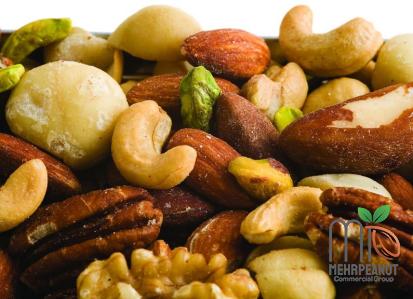
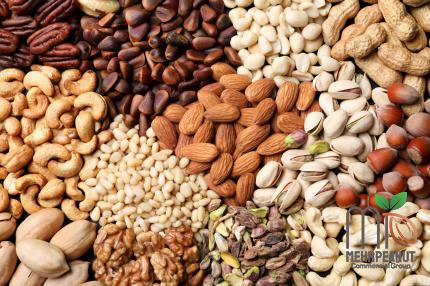
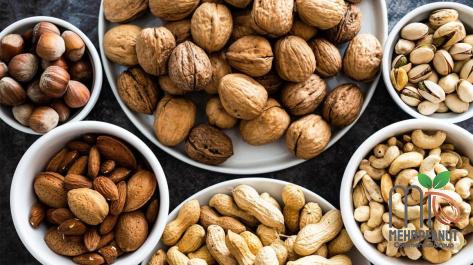
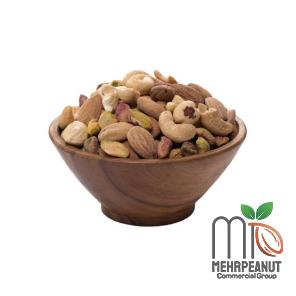
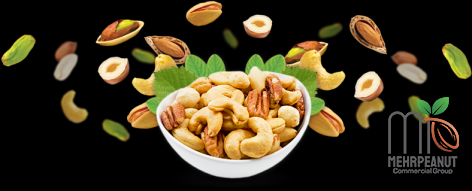
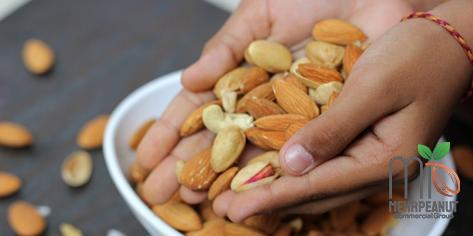
Your comment submitted.